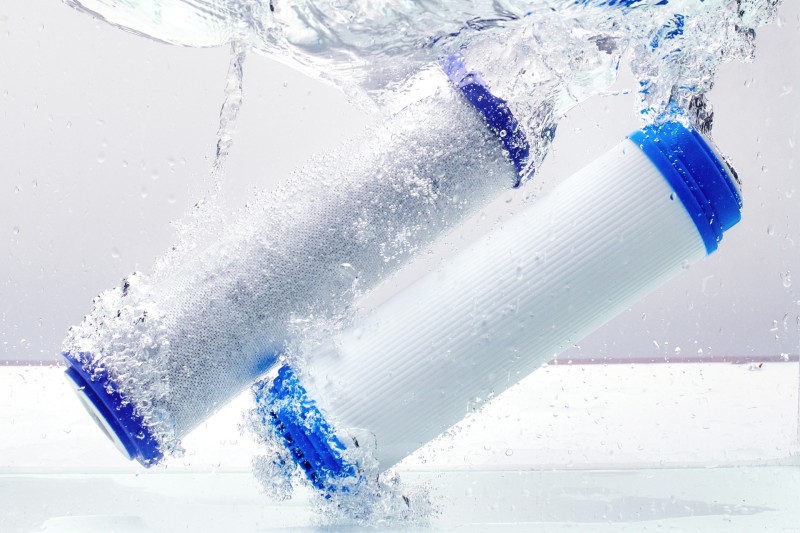Filtration
Aug 5, 2024, 1:52:45 PM
Filtration is one of the most basic and important processes in water treatment. It is used to remove suspended solids, particles and specific contaminants such as iron (Fe) and manganese (Mn). This method contributes significantly to improving water quality and is widely used in both household and industrial applications.
Different types of filtration
1. Mechanical Filters: Mechanical filters remove physical particles and suspended solids from the water. These filters come in different forms such as sediment filters which are commonly used in household filters.
- Sediment filters: Made from materials such as polypropylene, these filters are designed to remove larger particles such as sand, silt and rust. They are the first line of defense in many water treatment systems, protecting downstream filters and equipment.
2. Activated carbon filters: Activated carbon filters are excellent at removing organic compounds, chlorine and other chemicals that can affect the taste and odor of water.
- Application: Activated carbon filters are often used in drinking water systems to remove contaminants created by chemical processes.
3. Ceramic filters: These filters are made of porous ceramic material that traps fine particles and microorganisms. They are particularly effective in removing bacteria and protozoa.
4. Sand filters: Sand filters are often used in larger water treatment systems, such as swimming pools and industrial plants. They consist of a layer of sand through which the water is filtered to remove suspended solids.
- Iron and manganese removal: Sand filters can be specially modified to oxidize and remove dissolved iron and manganese from the water. This is especially important in regions with high concentrations of these metals in the groundwater.
How filtration works
The water is passed through the filter medium, which physically retains or chemically binds the contaminants. Depending on the type of filter, this can be done through physical barriers, chemical reactions or biological processes.
- Mechanical filters: Use fine pores to block particles.
- Activated carbon filters: Adsorb chemical contaminants.
- Ceramic filters: Use small pores to physically block microorganisms.
- Sand filters: Use a combination of mechanical filtration and chemical processes to remove metals such as iron and manganese.
Advantages of filtration

- Effective removal of contaminants: Filtration can effectively remove a wide range of particles and contaminants, resulting in clean and safe water.
- Protection of downstream systems: By removing suspended matter and particles, filters protect downstream equipment and systems from contamination and damage.
- Improved taste and smell: Activated carbon filters in particular contribute significantly to improving the taste and smell of drinking water.
- Diverse applications: From household water filters to industrial water treatment systems, filtration is a flexible and adaptable method.
Conclusion
Filtration is an essential part of water treatment that can be customized through different techniques and materials to remove specific contaminants. Whether it's removing particles, iron, manganese or chemical contaminants, the right filtration method can significantly improve water quality.













